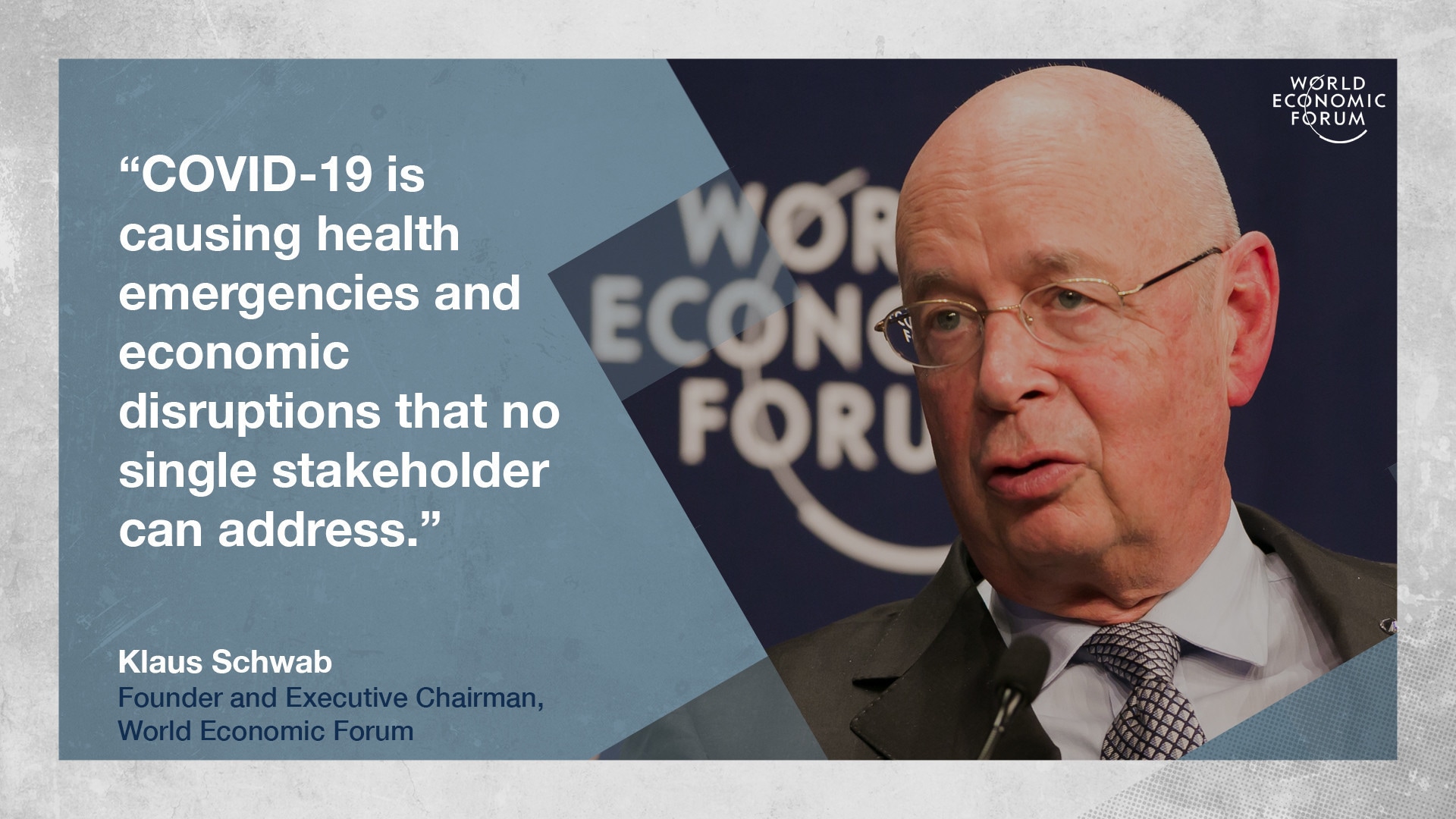No proof that COVID-19 originated in Wuhan: Peter Forster
https://youtu.be/AQQf2yoymu0
https://youtu.be/fB8M37gx5xM
https://youtu.be/Ozlc4yZ0-es
https://youtu.be/Q2-OZchVEfQ

CHINA bashing is continuing even as the world struggles to fight the killer Covid-19 virus. In fact, the blame game has intensified, fuelled by some western politicians and the media.https://youtu.be/AQQf2yoymu0
Peter Forster, a geneticist at the University of #Cambridge, has identified three distinct strains of COVID-19. Forster and his team traced the origins of the epidemic by analyzing 160 genomes from human patients and found that the strain in #Wuhan mutated from an earlier version. #Coronavirus
https://youtu.be/fB8M37gx5xM
https://youtu.be/Ozlc4yZ0-es
https://youtu.be/Q2-OZchVEfQ

Going out safely: People wearing face masks seen on the East Lake after the lockdown was lifted in Wuhan, the capital of Hubei province. — Reuters
It’s not a good time for Asians, especially ethnic Chinese, to be in Western countries as there have been reported cases of racial abuse and even assault.
Without doubt, these, are isolated cases as the majority of people are reasonable but such incidents have made many Chinese people in these countries feel uneasy and unsafe.
Amid all these, a very important report went almost unnoticed last week. Perhaps most journalists were preoccupied with headline- grabbing news of Covid-19 deaths and lockdown violators.
The report, which has been widely discussed in the scientific community, was carried by some newspapers but CNN and BBC did not find it interesting enough or perhaps it did not fit into their narrative.
Well, for the first time, experts from Britain and Germany have mapped the evolutionary path of the coronavirus that causes Covid-19 and determined there are currently three versions of it spreading around the world.
In simple English, the viruses are mutating – changing their forms – and these scientists have put them in three forms, or variants, as they prefer to call them. But the bad news is that they are still mutating, and more variants could be added later.
The virus, according to these experts – “is constantly mutating to overcome immune system resistance in different populations.”
According to the findings, these researchers reconstructed the early evolutionary paths of the virus as it spread from the epicentre in Wuhan, China, out to Europe and North America.
By analysing the first 160 complete virus genomes to be sequenced from human patients, scientists found the variant closest to that discovered in bats was largely found in patients from the US and Australia – not Wuhan.
They used data from samples taken from across the world between Dec 24,2019 and March 4,2020. They found that the closest type of coronavirus to the one discovered in bats – type A, the original human virus genome – was present in Wuhan, but was not the city’s predominant virus type. The Chinese city was initially the epicentre of the outbreak.
The finding said type A was also found in Americans who had lived in Wuhan, and in other patients diagnosed in the United States and Australia.
However, the report did not elaborate who were the Americans who had lived in Wuhan and how they got infected.
The most common variant found in Wuhan was type B although this appeared not to have travelled much beyond East Asia before mutating, which the researchers said was probably due to some form of resistance to it outside that region.
Type C was the variant found most commonly in Europe based on cases in France, Italy, Sweden and England.
It has not been detected in any patients in mainland China, though it had been found in samples from Singapore, Hong Kong and South Korea, the study said.
Dr Peter Forster, geneticist and lead author from the University of Cambridge, said: “There are too many rapid mutations to neatly trace a Covid-19 family tree.”
But the researchers concluded that variant A was the root of the outbreak as it was most closely related to the virus found in bats and pangolins. Type B was derived from A, separated by two mutations, while type C was the “daughter” of variant B.
“The Wuhan B-type virus could be immunologically or environmentally adapted to a large section of the East Asian population, ” Forster said.
“It may need to mutate to overcome resistance outside East Asia. We seem to see a slower mutation rate in East Asia than elsewhere, in this initial phase.”
But one thing is for sure. It is not a good time to travel as the virus has been transmitted at an unbelievable speed.
For example, the study reported that one of the earliest introductions of the virus to Italy was found in a Mexican traveller, who was diagnosed on Feb 28, came via the first documented German infection – a person who worked for a company in Munich on Jan 27. The German contracted the infection from a Chinese colleague in Shanghai, who had recently been visited by her parents from Wuhan. The researchers documented 10 mutations in the viral journey from Wuhan to Mexico.
“Because we have reconstructed the ‘family tree’ (the evolutionary history) of the human virus, we can use this tree to trace infection routes from one human to the next, and thus have a statistical tool to suppress future infection when the virus tries to return, ” Forster said.
The research team has since extended its analysis to 1,001 viral genomes and while it has yet to undergo peer review, the report has indicated that the spread of the virus has increasingly adapted to different populations and therefore the pandemic needs to be taken seriously.
More importantly, this scientific report could help politicians and the media to understand better the cause of the virus, and end their conspiracy blame game.
By WONG CHUN WAI
Related posts:
Viral diplomatic wars: Trump’s labelling of Covid-19 as a ‘Chinese virus’ earlier this month has infuriated Beijing and ethnic Chinese w...
Beijing is helping the US and other unfriendly countries to combat the Covid-19 pandemic, but is this kind gesture worth it? https://y...
Check the latest update: https://www.bloomberg.com/graphics/2020-coronavirus-cases-world-map/ Mapping the Coronavirus Outbreak Across t...

https://youtu.be/uR_LfkGwBG8 As readers will recall from the earlier article (above), Japanese and Taiwanese epidemiologists and pharma...
https://youtu.be/Y_dU2RCqWs4 FORCED TO SHUT DOWN WHEN VIRUSES LEAKED AUGUST 2019 US SOLDIERS WERE INFECTED 300 HUNDRED CAM.https://www.bloomberg.com/graphics/2020-coronavirus-cases-world-map/ Zhong Nanshan https://youtu.be/2QVCe22Sqgw https://y...
"For most people alive today, anywhere in the world, we have never faced a crisis of such magnitude. It is the first true test of our a...




































